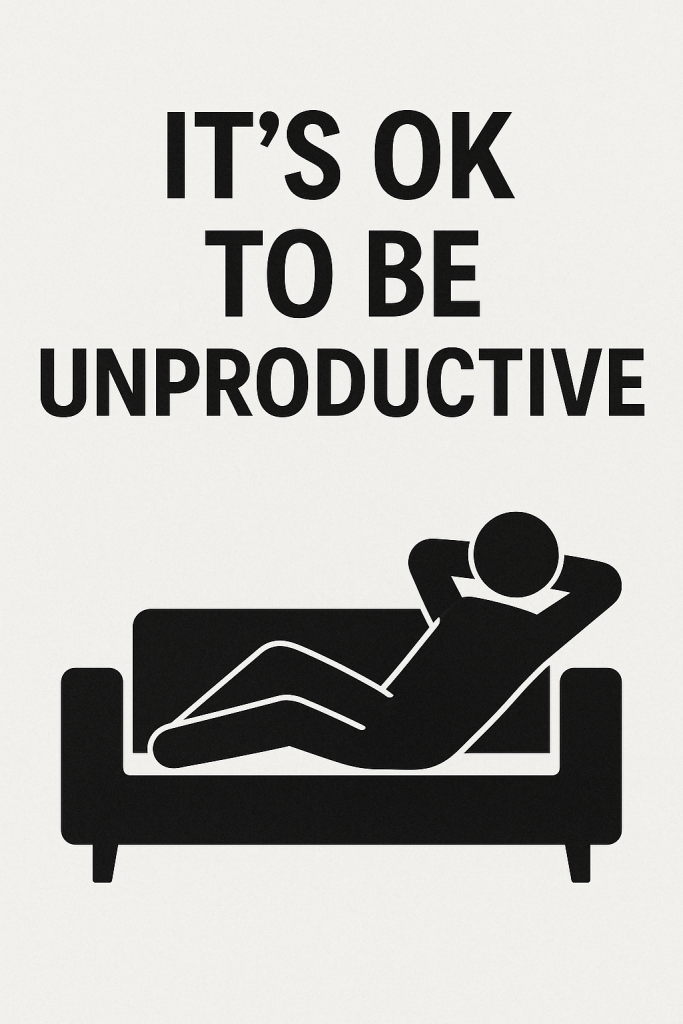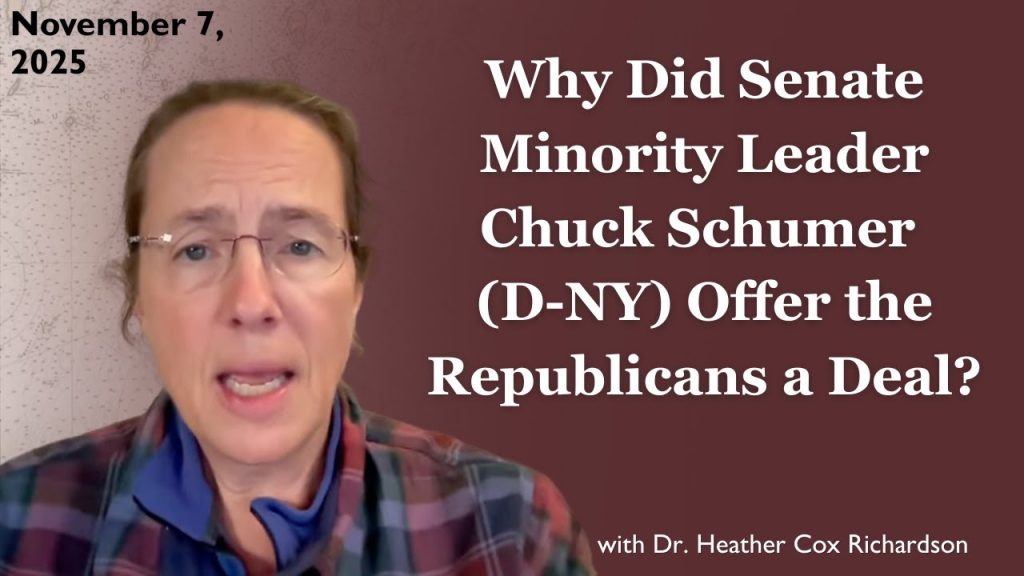The future of the Democratic Party is facing a critical challenge as an increasing number of male voters gravitate toward the Republican side, raising concerns about the party’s long-term electoral prospects. Prominent political commentators have recently highlighted this trend, arguing that the Democratic Party risks alienating a substantial segment of the electorate if it does not address underlying issues driving men away.
Thomas B. Edsall, a well-regarded political columnist, has spotlighted the deepening divide with men as a critical fault line for Democrats. According to Edsall, demographic shifts and partisan realignment are markedly trending in Republicans’ favor among male voters, threatening the Democratic coalition that has propelled many recent victories. This alarming pattern suggests the party’s dominant gains with women and minority voters may not fully offset losses among men — especially white working-class men and middle-income voters.
Experts analyzing these developments point to a combination of factors driving the male voter shift. Cultural and economic concerns top the list, with many men feeling the Democratic Party has moved away from their priorities or overlooked their values. Some analysts argue that Democrats’ emphasis on progressive social issues, identity politics, and policies perceived as more beneficial to women and minority groups have inadvertently distanced many male voters who do not see their own experiences reflected.
Economic anxieties also play a pivotal role. Several studies noted by political analysts find that men in manufacturing, construction, and other traditionally male-dominated industries feel left behind by globalization and technological change. These voters have increasingly responded to Republican messaging emphasizing economic nationalism, law and order, and skepticism of cultural shifts within mainstream society.
The electoral impact is evident in recent state and national contests, where Republican candidates have made significant inroads with men, often flipping counties or suburbs that previously leaned Democratic. This realignment poses a complex puzzle for Democratic strategists as they attempt to craft a policy platform that embraces diversity and progressivism while reconnecting with disaffected male voters.
Some experts caution against oversimplified interpretations that blame the male voter shift solely on identity politics. They highlight the importance of economic outreach, messaging that acknowledges men’s lived realities, and inclusive narratives asking how the Democratic Party can address concerns around work, family, and social status.
Yet the urgency is clear: without recalibrating its appeal to men—particularly those outside metropolitan, highly educated demographics—the Democratic Party risks losing essential electoral ground. As the 2024 election cycle approaches, strategists and policymakers face the challenge of bridging this growing divide to restore a more balanced coalition.
In sum, the male voter trend signals a pivotal crossroads for the Democratic Party. To remain competitive, it must navigate a nuanced political landscape where cultural identity, economics, and social values intersect profoundly—addressing male voters’ concerns without compromising its core progressive agenda.
The stakes could shape American politics for years to come, as political allegiances continue to shift in an evolving demographic and ideological era.



